- Struggling with persistent dandruff or seborrheic dermatitis?
- Looking for a natural, holistic approach to manage your skin condition?
- Curious about how Ayurveda can offer long-term relief beyond symptom suppression?
Seborrheic dermatitis, often recognized as dandruff, is a recurring inflammatory skin condition affecting sebum-rich areas like the scalp, face, chest, and back [1].
Characterized by redness, scales, and itching, it’s a condition that while not curable, can be effectively managed. Conventional treatments often involve topical antifungals and anti-inflammatories. However, Ayurveda, a system of traditional medicine, presents a natural and holistic alternative to alleviate symptoms and address the root causes of seborrheic dermatitis.
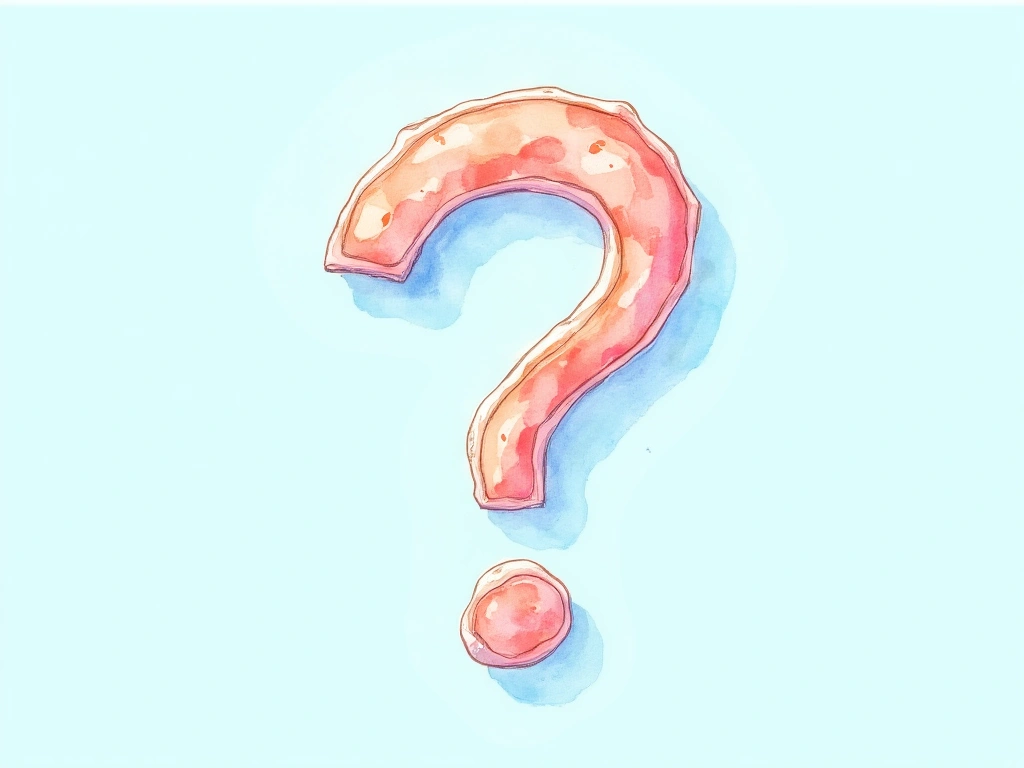
Understanding Seborrheic Dermatitis: More Than Just Dandruff
Seborrheic dermatitis affects a significant portion of the population, ranging from 1 to 3% [2]. Its origins are complex and not fully understood, but several factors are known to contribute, including fungal involvement, sebum production irregularities, and immune system responses [3].
The scalp is the most commonly affected area, displaying characteristic flaky, white or yellowish scales clinging to hair shafts. Itching severity varies from mild to intense. Facial involvement manifests as red, scaly patches around the nose, eyebrows, ears, eyelids, and even the chest.
Research highlights the fungus Malassezia as a key player in seborrheic dermatitis [4]. This yeast, naturally present on the skin, thrives on sebum and can proliferate excessively in susceptible areas. This overgrowth triggers inflammation and the typical skin changes associated with the condition [5]. An underlying immune system dysfunction may also contribute, allowing unchecked fungal growth [6]. Furthermore, genetics, stress levels, environmental factors like weather, and hormonal fluctuations can exacerbate symptoms.
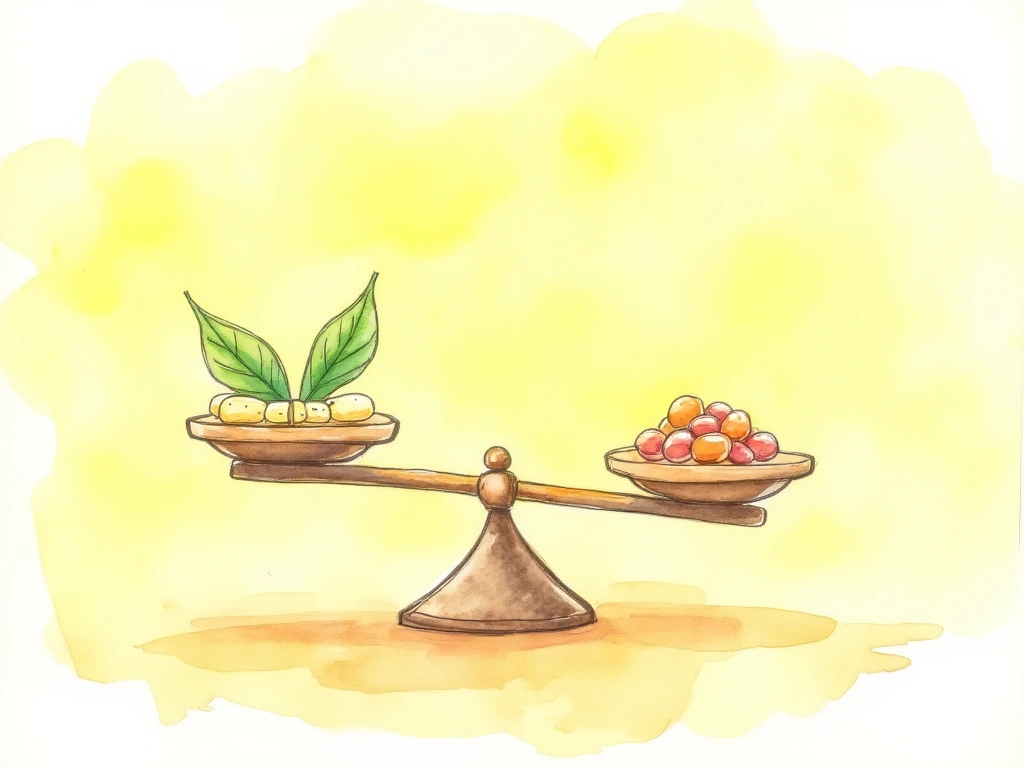
Conventional Seborrheic Dermatitis Treatments: Pros and Cons
Standard medical treatment primarily focuses on managing symptoms using topical antifungal agents like ketoconazole to control fungal overgrowth, and anti-inflammatory corticosteroids such as hydrocortisone to reduce inflammation [7] [8]. Specialized dandruff shampoos containing zinc pyrithione, selenium sulfide, or salicylic acid are also recommended to reduce scaling. In severe cases, oral antifungal medications might be necessary.
While these conventional treatments can effectively manage seborrheic dermatitis symptoms, they have limitations. Prolonged use of steroid creams can lead to side effects. Antifungals target the fungal component but don’t address the potential underlying immune issues. Moreover, dandruff often returns once treatment is discontinued. For those seeking a more comprehensive and lasting solution, Ayurveda offers a natural approach that aims to treat symptoms and address the root imbalances contributing to the condition.
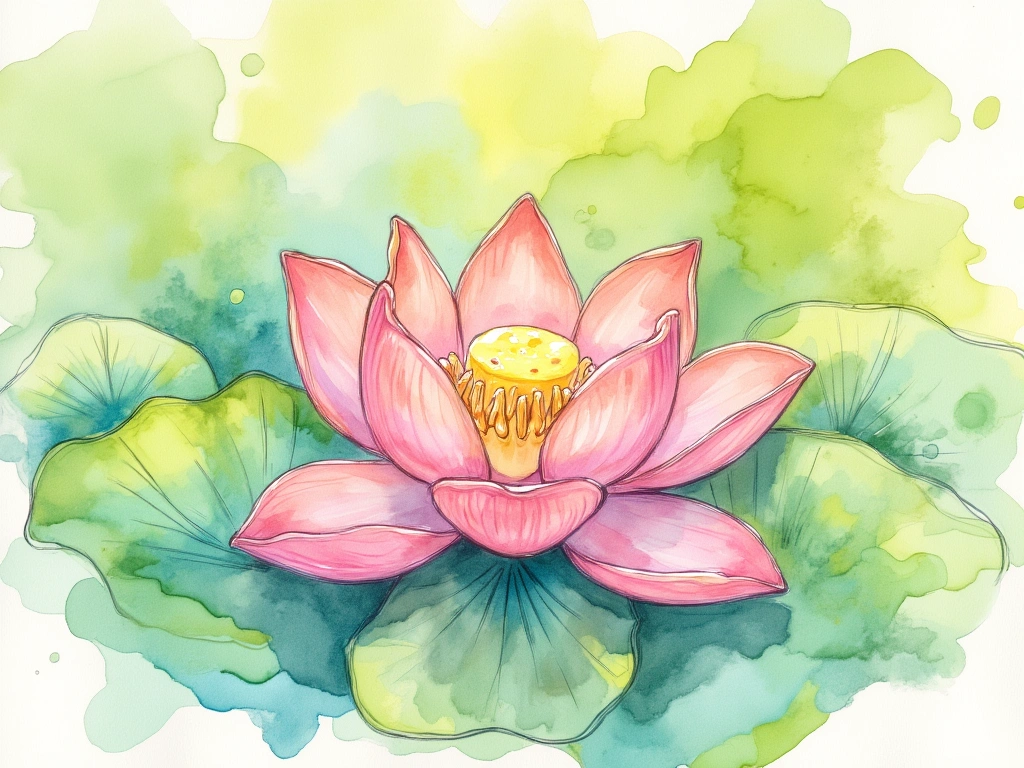
Ayurveda: A Holistic Path to Skin Health
Ayurveda, an ancient Indian system of medicine with a history spanning 5,000 years, emphasizes a holistic and personalized approach to health and healing [9]. The term “Ayurveda” itself translates to “science of life” in Sanskrit. Central to Ayurvedic philosophy is the belief that optimal health is achieved through balance between mind, body, and environment. Imbalances within this interconnected system are seen as the root of disease [10].
In Ayurveda, seborrheic dermatitis is understood as a manifestation of imbalanced Vata dosha, which governs skin health [11]. The characteristic dry, flaky, and scaly skin is attributed to aggravated Vata. Ayurvedic treatment strategies are therefore directed at restoring Vata balance and revitalizing skin health [12]. This involves a multi-faceted approach encompassing diet, lifestyle adjustments, detoxification, herbal remedies, and stress-reducing practices like meditation.
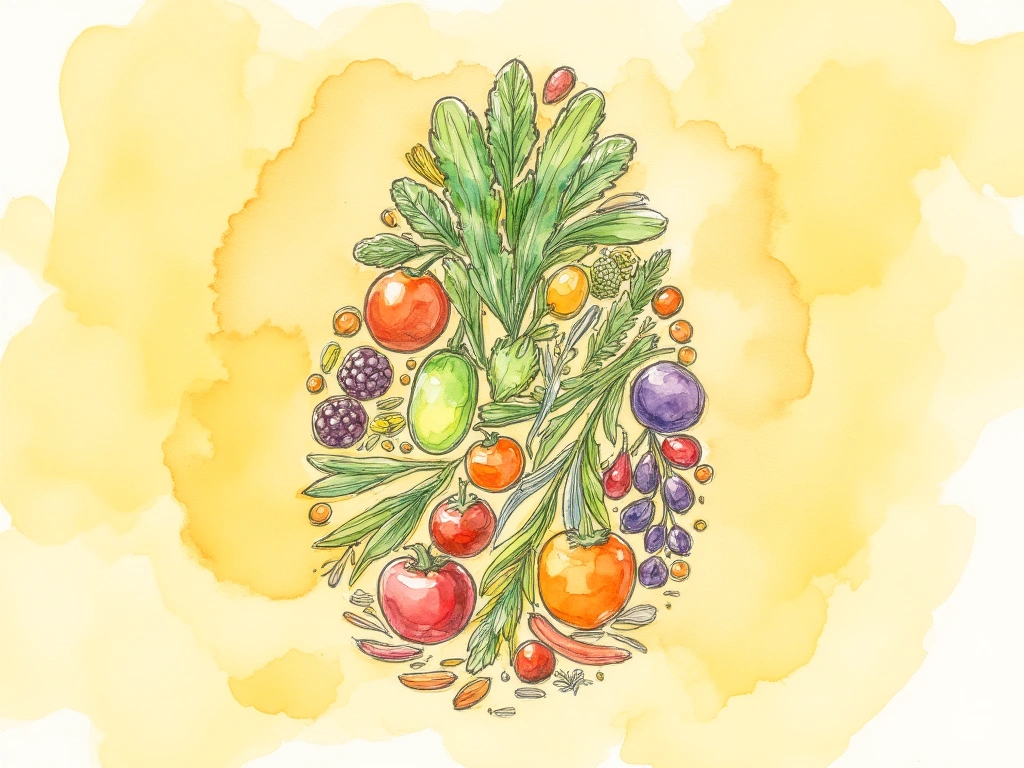
Ayurvedic Treatments for Seborrheic Dermatitis: A Personalized Approach
Ayurveda provides a range of customized treatments designed to alleviate seborrheic dermatitis symptoms and address the underlying imbalances for sustained improvement:
Internal Herbal Remedies: Ayurvedic practitioners utilize personalized herbal formulations known as rasayanas. These are tailored to an individual’s unique constitution to nourish the skin, balance doshas, and strengthen immunity [13]. Herbs with anti-inflammatory and antifungal properties, such as guduchi, neem, haritaki, and manjistha, are employed to treat active lesions. Adaptogenic herbs like ashwagandha and brahmi are included to manage stress and support the nervous system.
Detoxification Therapies: Ayurvedic detoxification techniques, such as therapeutic vomiting (vamana) or purgation (virechana), aim to eliminate excess doshas and accumulated toxins that can burden the system [, , , ]. This process helps reduce inflammation and pacify aggravated Vata. Oleation (therapeutic oil application) prior to detoxification can enhance the results.
Dietary Modifications: An Ayurvedic diet emphasizes sattvic foods – light, nutritious, and easily digestible – to pacify Vata and prevent the build-up of ama (toxins) that can obstruct bodily channels. Warm, moist, and nourishing foods are favored. Cooling foods like yogurt, cucumber, and bitter greens are incorporated to balance pitta and reduce heat in the blood.
Scalp Therapies: Medicated herbal oils, pastes, washes, and shampoos are integral to Ayurvedic scalp treatments. They work to reduce scaling and soothe irritation [, , , ]. Antimicrobial herbs like neem, tea tree, and Indian sarsaparilla (anantmool) help manage Malassezia overgrowth, while anti-inflammatory herbs like turmeric and licorice (yashtimadhu) reduce redness and inflammation.
Stress Management Techniques: Practices such as meditation, yoga, mindful breathing, and chanting are recommended to balance the mind-body connection and reduce stress hormones that can trigger inflammation. These techniques strengthen immunity and improve resilience to flare-ups.
Lifestyle Adjustments: Ayurveda emphasizes the importance of adequate rest, minimizing sensory overload, and adopting gentle, natural skin care practices to support healing. Reducing exposure to harsh chemicals, extreme weather conditions, and known triggers is crucial for managing sensitive, inflamed skin.
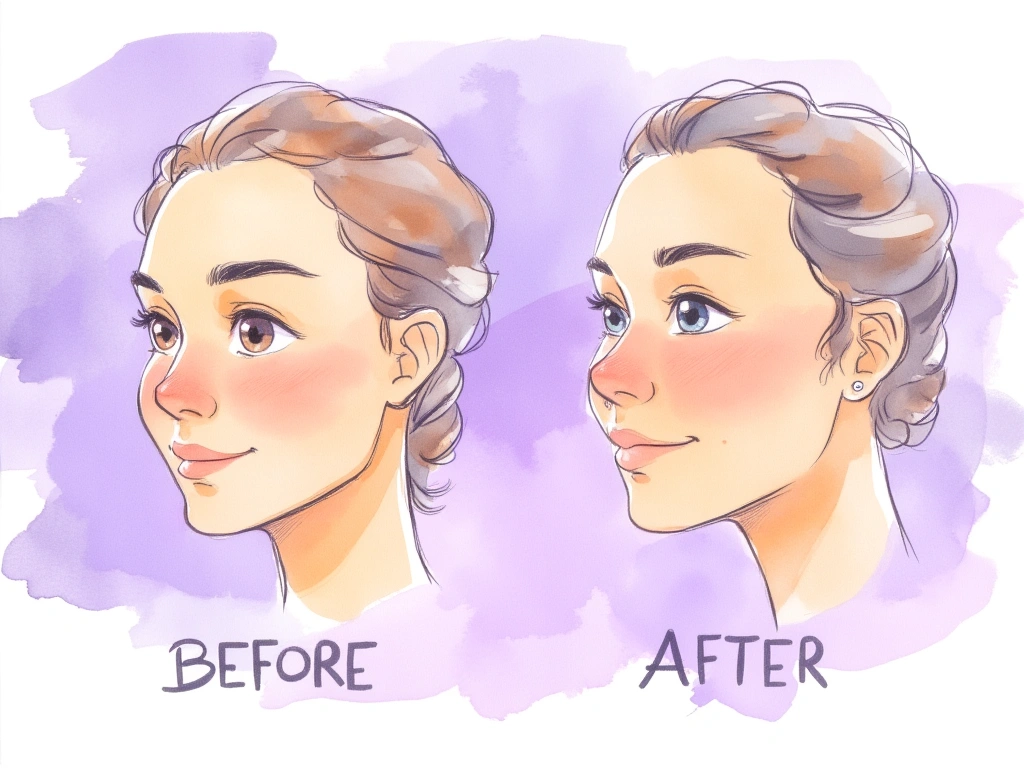
Case Studies: Real-World Evidence of Ayurveda’s Effectiveness
Documented case studies provide valuable clinical insights into the successful application of Ayurvedic treatments for seborrheic dermatitis.
Case Study 1: Severe Scalp and Nose Seborrheic Dermatitis in a 20-Year-Old Male
- A 20-year-old male with a year-long history of severe dandruff affecting his scalp and nasal folds received customized Ayurvedic treatment [“Seetha Devi, P., & Sharma, V. S. MANAGEMENT OF SEBORRHOEIC DERMATITIS-AN AYURVEDIC APPROACH-A.”].
- The treatment plan included:
- Oral herbal formulas: Mahamanjishtadi kashaya, Haridra khanda
- Oleation therapy with medicated ghee (guggulu tikta ghrita) for 5 days
- Purgation therapy (virechana) with trivruth lehya
- Topical wash with herbal decoction (triphala kashaya)
- Scalp massage with medicated oils
- After 3 months of Ayurvedic therapy, the patient achieved complete resolution of skin lesions and itching, with no recurrence observed during a 1-year follow-up.
Case Study 2: Chronic Dandruff and Hair Loss in a 56-Year-Old Male
- A 56-year-old male suffering from severe, treatment-resistant dandruff, hair loss, itching, and scalp cracks for 10 years was treated with Ayurveda [“Archana, K., & Vaghela, D. B. An Ayurvedic Approach in the Management of Darunaka (Seborrhoeic Dermatitis): A Case Study.”].
- Treatment was individualized based on prakriti (constitution) analysis and included:
- Internal medications: Arogyavardhini vati, Triphala churna, Manjishthadi kwatha
- Topical treatments: Yashti churna and coconut oil massage, Triphala and borax scalp wash
- Significant improvement was observed within the first 45 days, and complete symptom resolution was achieved by the end of the 45-day treatment period.
Case Study 3: Moderate to Severe Dandruff in a 25-Year-Old Male
- A 25-year-old male presented with several months of moderate to severe dandruff characterized by itching, dryness, cracking, and hair loss [22].
- An integrated Ayurvedic protocol was administered:
- Oral medications: Godanti bhasma, Mukta pisti, Panchtikta ghrita, Guduchi
- Panchakarma therapies: Medicated oil retention (Shirodhara), Medicated oil scalp treatment (Shirobasti)
- Scalp care counseling
- Within 30 days of therapy, the patient’s symptoms reduced from moderate to absent.
These case studies highlight the potential of Ayurvedic medicine in effectively managing chronic seborrheic dermatitis across diverse individuals and severity levels. These encouraging outcomes call for more extensive clinical research to further validate these findings.
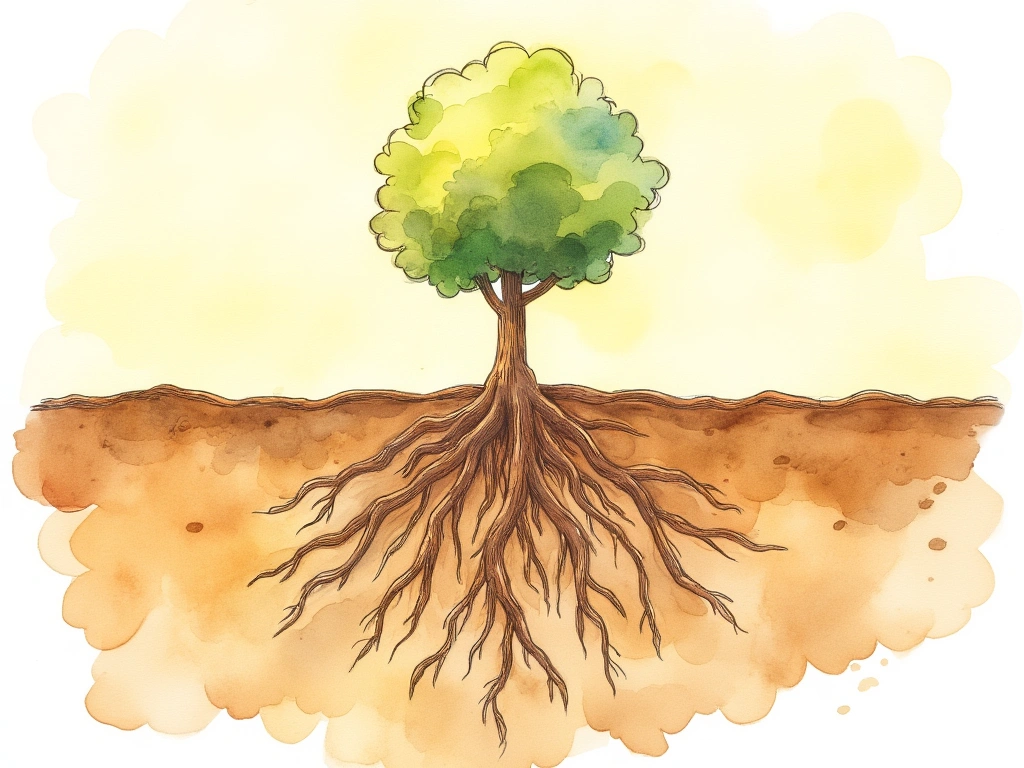
The Ayurvedic Advantage: Addressing Root Causes for Lasting Relief
Ayurveda’s approach to seborrheic dermatitis goes beyond merely suppressing symptoms. It aims to identify and address the fundamental imbalances that contribute to inflammation and skin issues. Ayurvedic treatments are designed to:
- Balance aggravated Vata dosha
- Eliminate ama (toxins) that obstruct channels
- Regulate sebum production
- Modulate fungal balance
- Strengthen digestion and immunity
- Nourish tissues and nerve pathways
- Reduce inflammatory responses
- Promote relaxation and resilience to stress
This comprehensive strategy aims to provide gradual and sustained healing, minimizing flare-ups and promoting deeper, long-term wellness. With expert guidance, Ayurveda offers a promising natural pathway for managing persistent seborrheic dermatitis.
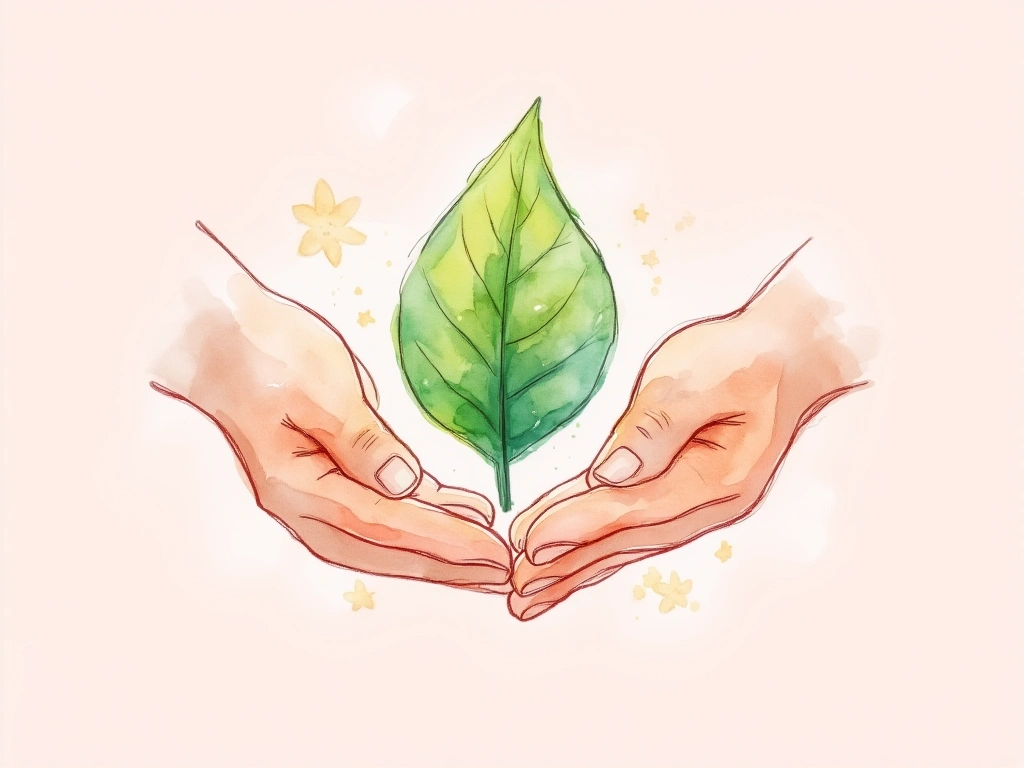
Conclusion: Embracing Ayurveda for Seborrheic Dermatitis Management
Emerging research and documented case studies suggest that Ayurveda holds significant promise in the management of chronic seborrheic dermatitis.
This holistic system offers a compelling alternative, particularly when conventional treatments provide limited relief. By targeting the root imbalances rather than just surface symptoms, Ayurvedic therapies may facilitate:
- Long-term, gradual healing
- Enhanced quality of life
It’s important to acknowledge that current research is still in the preliminary stages, and further rigorous studies are needed to strengthen the evidence base. Consulting with a qualified healthcare professional remains essential.
For individuals seeking complementary approaches for stubborn dandruff or seborrheic dermatitis, skilled Ayurvedic therapies may offer valuable support alongside standard medical care. Ayurvedic protocols can be highly personalized, considering:
- Individual body constitution (prakriti)
- Custom herbal formulations
- Detoxification strategies
- Dietary and lifestyle recommendations
As integrative medicine evolves, Ayurvedic protocols may increasingly be offered alongside conventional treatments, potentially leading to improved patient outcomes. However, a cautious and informed approach is advised given the ongoing nature of the research.
Overall, the growing body of evidence from case studies is encouraging, positioning Ayurveda as a potential natural and effective solution for those seeking relief from troublesome seborrheic dermatitis.
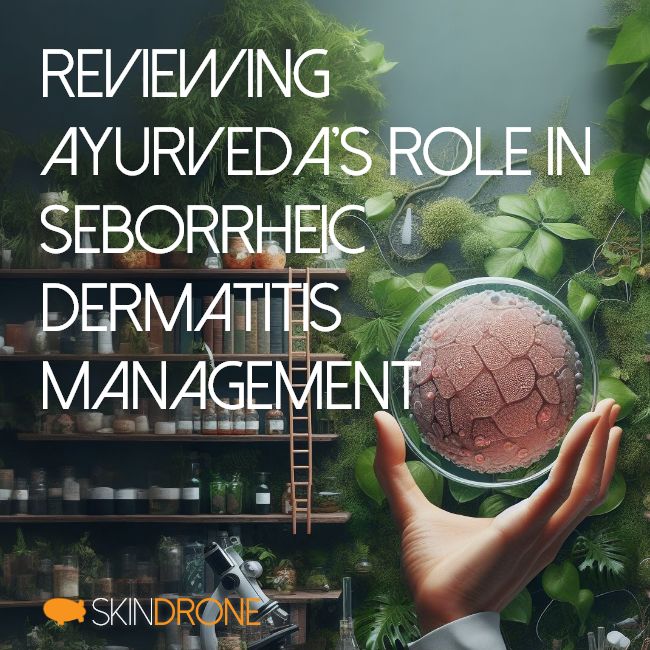
No Comments
Be the first to start a conversation